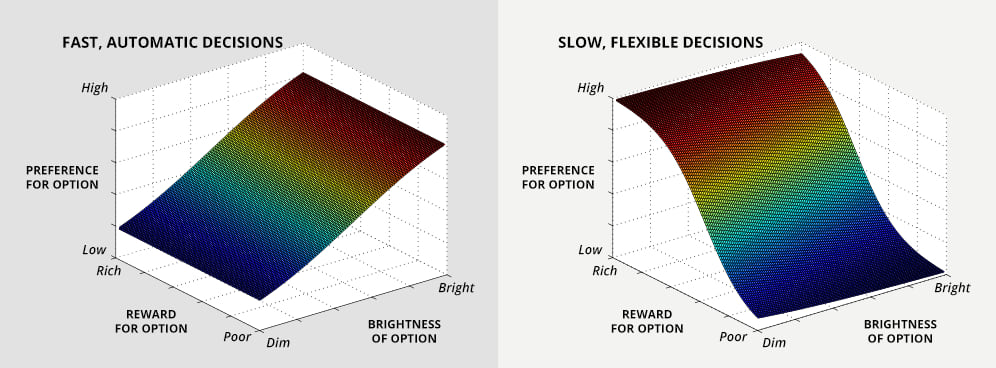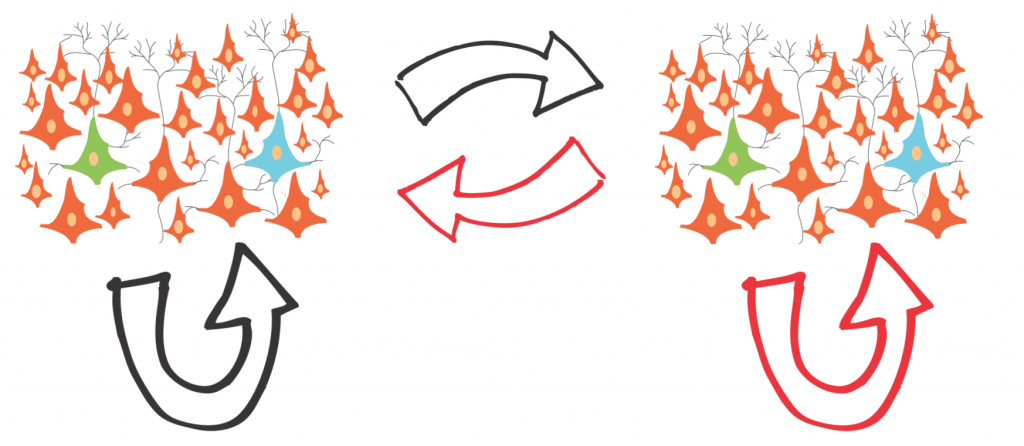Attention

LRS (Luminous Reward Selection)
Each time we make a decision, interactions between neurons in different circuits across the brain determine whether we want to choose one option over another. Different kinds of decisions are governed by these circuits (Figure 1). We can decide rapidly, typically in a way that leads to more automatic responses. We can also make decisions based on what we expect to receive for making a choice. These decisions are more flexible but take longer for us to make. When we are making a decision, we can also indicate the choice with kinds of different movements. We can move our eyes. We can reach or point. We can speak. We are interested in decisions because they are controlled by different circuits in the brain. This means that studying decisions lets us understand how communication in the brain guides our voluntary behavior.

To understand how neurons in different brain circuits work together to make choices, we have been analyzing how neurons in different parts of the brain fire spikes together with each other (see Figure 2). In the posterior parietal cortex, neurons that fire dual coherently are the ones that appear to be involved in making the choice.
Lab Researchers
Agrita Dubey, Katie Wingel, Betty Xu, Simin Huang
Papers
Dubey et al. (2023) Neuron
Project Funded By
National Institutes of Health
McKnight Endowment Fund for Neuroscience
Simons Foundation
DARPA Biological Technologies Office

